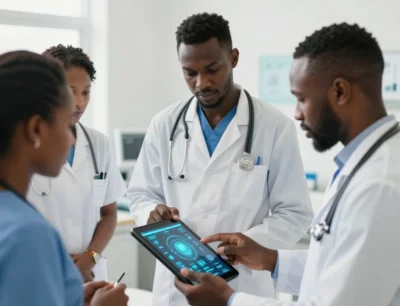The Rise of AI Front Desks: A New Era in Patient Flow and Practice Efficiency
Valerie Health raises $30M to scale AI-powered front offices that automate admin tasks, freeing clinicians to focus on w
Notice: Test mode is enabled. While in test mode no live donations are processed.

Valerie Health raises $30M to scale AI-powered front offices that automate admin tasks, freeing clinicians to focus on w

HHS unveils a bold AI strategy, placing artificial intelligence at the heart of U.S. healthcare innovation, research, an

AI is reshaping healthcare — from diagnostics to automation. Discover how 2025 marks a turning point in global medical
